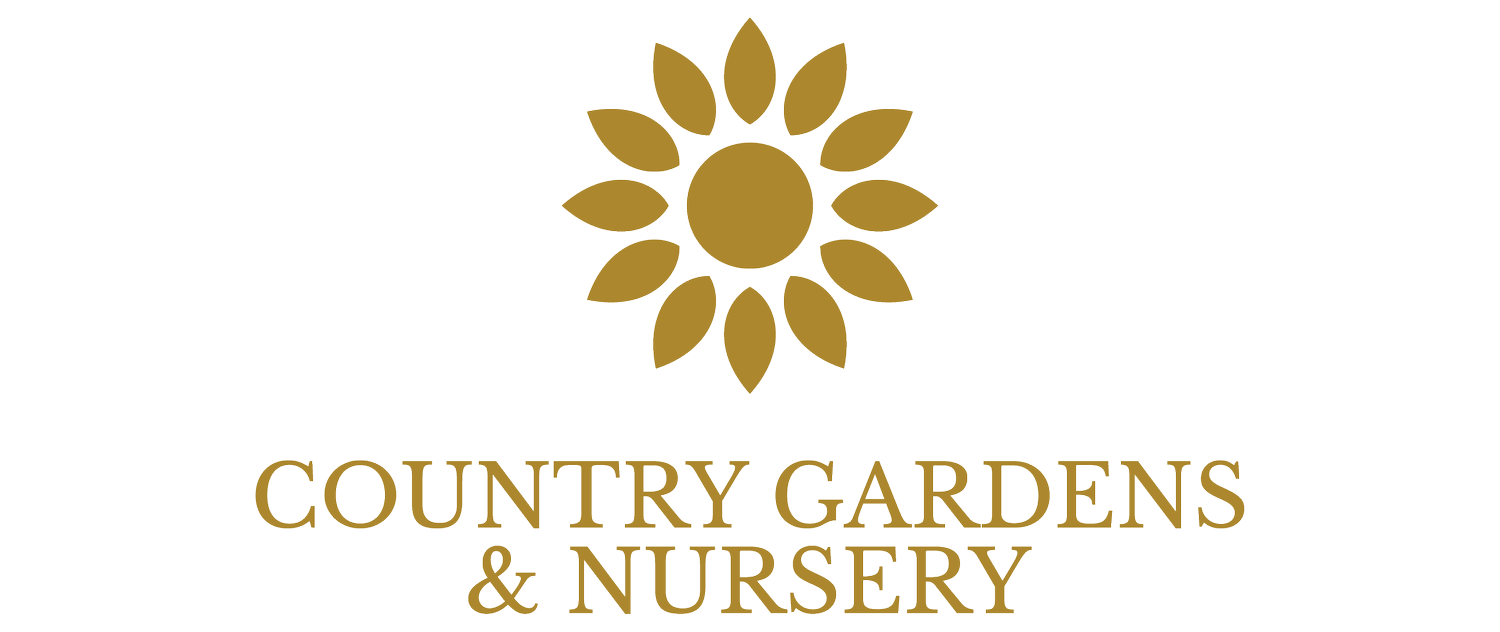Small Trees. Small trees are appropriate in locations with 4-foot planter strips or larger or in locations near utility lines.
Paperbark Maple (Acer griseum)
Eastern Redbud (Cercis canadensis)
Tatarian Maple (Acer tataricum)
Japanese Tree Lilac (Syringa reticulata)
Washington Hawthorn (Crataegus phaenopyrum)
Kwanzan Flowering Cherry (Prunus serrulata)
Lavalle Hawthorn (Crataegus x lavallei) [thornless variety]
Amur Maple (Acer ginnala)
Cockspur Hawthorn (Crataegus crusgalli)
English Hawthorn (Crataegus laevigata)
Smooth Sumac (Rhus glabra)
Staghorn Sumac (Rhus typhina)
Trident Maple (Acer buergeranum)
Flowering Chokecherry (Prunus virginiana)
Medium Tree. Medium trees are appropriate in locations with 6-foot planter strips or larger or in locations where utility lines are less of an issue due to height or location of the lines.
Autumn Purple Ash (Fraxinus americana)
Hedge Maple (Acer campestre)
Fruitless White Mulberry (Morus alba)
Big Tooth Maple (Acer Grandidentatum)
Japanese Pagoda (Sophora japonica)
European Hornbeam (Carpinus betulus)
European Alder (Alnus glutinosa)
Littleleaf Linden (Tilia cordata)
Crimean Linden (Tilia Euchlora)
Goldenrain Tree (Koelreuteria paniculata)
Amur Chokecherry-fruitless (Prunus maackii)
Flowering Pear (Pyrus calleryana)
Large Tree. Large trees are appropriate in locations with 8-foot planter strips or larger and where utility lines are underground or out of the way of the tree's growth.
Norway Maple (Acer Plantanoides)
Swamp White Oak (Quercus bicolor)
English Oak (Quercus robur)
Silver Linden (Tilia tomentosa)
Red Oak (Quercus rubra)
Green Ash (Fraxinus pennsylvanica)
Autumn Blaze Maple (Acer x freemanii)
Ginkgo/Maidenhair Tree (male) (Ginkgo Biloba)
Thornless Honeylocust (Gleditsia Triacanthos var. Inermis)
Kentucky Coffee Tree (Gymnocladus Dioicus)
American Linden (Tilia Americana)
Sycamore Maple (Acer Pseudoplatanus)
London Plane Tree (Platanus)
Japanese Zelkova (Zelkova Serrata)
Prohibited Street Trees. The following trees are prohibited street trees. These trees are prohibited either because they grow too large and threaten the integrity of street improvements, have shallow root systems which threaten utilities, have nuisance fruit, seeds or thorns, are prone to sprouting, are declared noxious weeds, will not survive the harsh climate zone, or are disease prone species.
Evergreen and conifer trees, all species, including but not limited to fir, juniper, spruce, pine, etc.
Siberian Elm (Ulmus Pumilla)
Chinese Elm (Ulmus Paryifolia)
Silver Maple (Acer Saccharinum)
Cottonwood (populus Fremonti)
Quaking Aspen (Populus Tremloides)
Box Elder (Acer Negundo)
Russian Olive (Elaeagnaceae Angustifolia)
Willow (Salix) any variety
American Elm (Ulmus Americana)
Black Locust (Robinia Pseudoacaia)
Tree of Heaven (Ailanthus)
Idaho Locust (Robinia x Ambigua)
Birch (Betula) any variety
Flowering Plum (Prunus Cerasifera)
Poplar (Populus)
Orchard trees and nut bearing trees
Purple Robe Locust (Robina ambiqua “Purple Robe')
The following thorn bearing trees:
Sunburst Honey Locust (Gleditsia triancanthos 'Sunburst'), and
Thorned Honey Locust (Gleditsia triancanthos)
